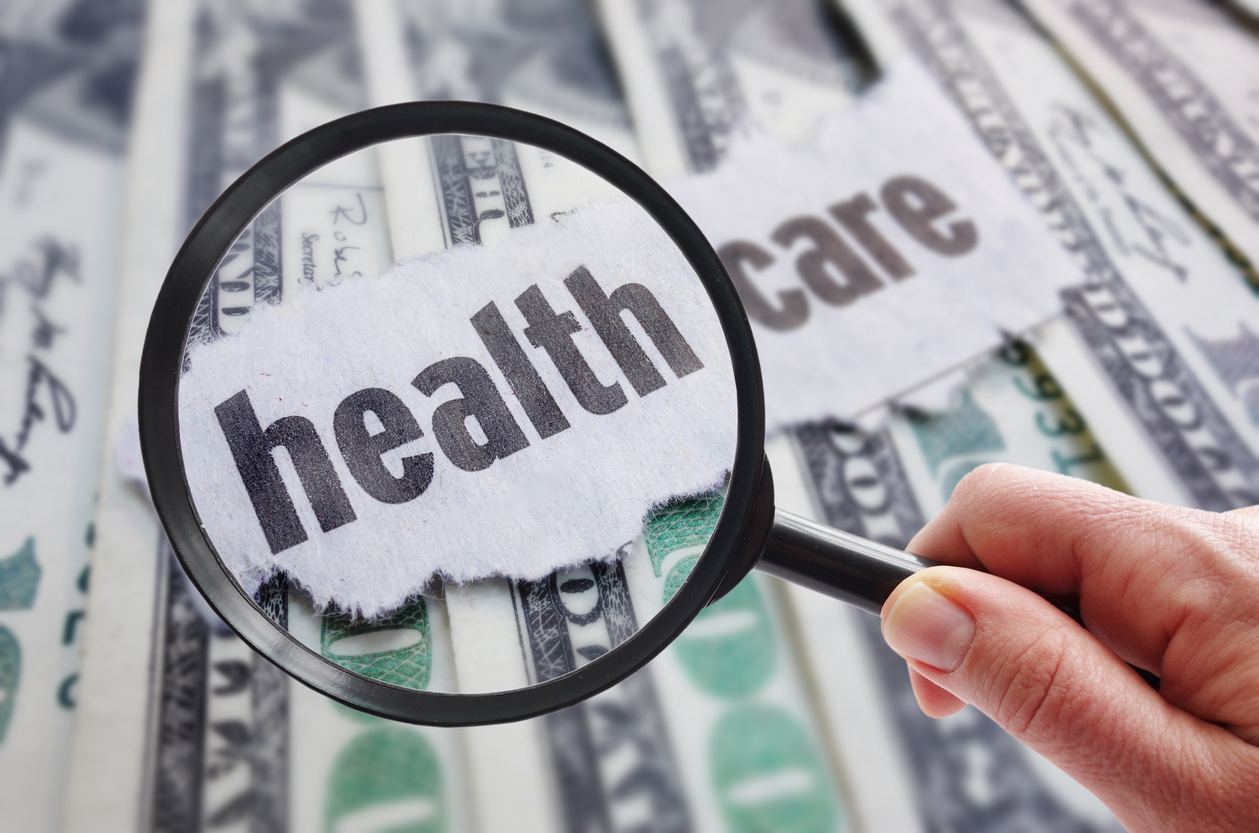However, some health experts argue insurers aren’t necessarily losing money due to COVID-19. While thousands of people are getting treated and tested for the virus, most states have postponed nonessential surgeries, like knee and hip replacements, to make room at hospitals for coronavirus patients.
“Obviously there’s an increased need for health care from COVID, but a decrease in health care demand in many other parts of the industry,” said Cynthia Cox, vice president at the Kaiser Family Foundation and director for the program on the ACA.
Several of AHIP’s members sell plans in the individual and small group markets, where insurers are prohibited from increasing premiums to recoup the previous year’s financial losses. Insurers can only base rate increases on what they expect to spend on health care in the coming year, and those must be reviewed by state regulators.
However, they can increase premiums if they expect the pandemic and its associated health costs to carry into 2021.
Insurers could also increase premiums if they expect to face higher costs next year as patients reschedule nonessential surgeries and procedures that were canceled in 2020 because of the virus. Insurers participating in those markets will submit their initial rate filings in June.
“I strongly expect to see those rates all over the place because we’re going to be dealing with actuaries that don’t know a lot of these unknowns and are trying to apply good faith guesses,” said David Anderson, a research associate at Duke University’s Margolis Center for Health Policy.
Those rates, which aren’t finalized until the fall, could change if more information is gleaned about the scope and duration of the outbreak.
There are nearly 561,000 confirmed COVID-19 cases in the U.S., including 23,000 deaths, as of Monday evening. But a total of 61,000 people could die by Aug. 4, according to projections by the Institute for Health Metrics and Evaluation at the University of Washington.
Some public health experts think a second wave could hit the U.S. in the fall, leading to more cases and deaths.
Most consumers in the individual market will be shielded from any premium increases because they receive subsidies from the federal government. But the coronavirus could lead to overall increased health care costs in the U.S., which hit $3.6 trillion in 2018.
Cox said a risk corridor program could incentivize insurers to keep premium increases lower than they would without assistance from the federal government.
House Democrats included a risk corridor provision in one of the coronavirus response bills, but it was stripped out before reaching President Trump’s desk. A senior Democratic aide said the provision remains a priority for the party in upcoming coronavirus measures.
Still, Tom Kornfield, a senior consultant at Avalere and former vice president of Medicare policy at AHIP, said anything related to the politically charged ACA has historically been difficult to get passed through a divided Congress. Indeed, a bipartisan bill aimed at stabilizing the ACA marketplaces failed to get a vote in 2017, despite being co-sponsored by the top Republican on the Senate Health Committee.
“We’re in the situation that we’ve been in with the ACA, where it is obviously a hot political topic. There is a lot of disagreement between the parties, so it’s that much harder to come up with legislation and get it passed,” he said.














